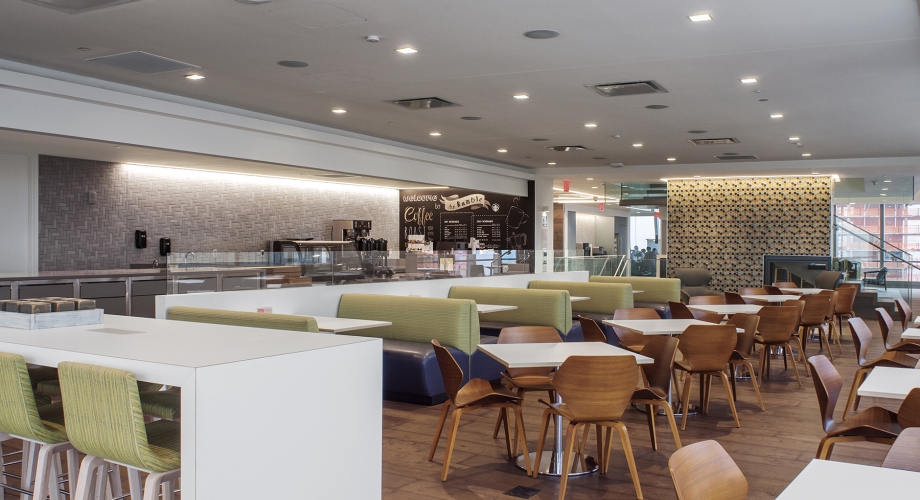Since most office buildings currently have low or no occupancy, there are some measures for your domestic water systems that you can implement now to be sure these systems are well maintained and prepared for the return to the workplace.
- Flush all toilets and urinals 2-3 times per week.
- Operate all faucets every 2-3 days and allow them to run long enough for the water to travel from the supply point of origin through the main piping system. Beginning with the furthest faucet, determine the capacity of the piping system and flow the faucet for the duration based on the faucet flow rate; operating all faucets in between after flushing the mains will ensure branch piping is also flushed in the same manner.
- Introduce toilet sanitization fluid into flushing type fixtures, including fixture traps, to prevent standing water biological growth during these periods of low or no use.
- Monitor all domestic water systems for proper operation, including but not limited to water heaters, ice machines, filtration systems, drinking fountains.
- Sanitize faucet outlets and shower head and wand outlets with bleach or chlorine solutions to eliminate potential contamination outside of the interior piping systems.
- Drain and flush vertical domestic hot and cold water risers, replace fixture and equipment filters, clean equipment strainers, drain and flush domestic water storage and hot water tanks (for both core and tenant spaces).
General maintenance of the plumbing system equipment is also recommended for all pumping equipment, water heating equipment and thermostats including hot water recirculation pumps. Maintenance may require or include the addition of pressure gauges and thermometers to confirm pump operation and water heating equipment performance.
Some recommended maintenance may require third parties to perform bi-weekly or monthly testing for microbiological water quality to ensure the building’s water quality and cleanliness. After periods of no use, biofilm can begin to develop in stagnant water in as little as 3-4 days in plumbing fixture supplies. Flushing the entire building’s water systems before re-opening may also be necessary.
Because of the risk of Legionella, domestic hot water piping systems may require sanitizing. Consider providing provisions for hot water system sanitization consisting of timers, heater thermostat and aquastat control, master mixing valve control, system temperature monitoring and solenoid operated drain valves discharging to sanitary drainage systems. This sequence will provide 140F hot water through the mains and back to the water heater, for a hot water sanitization. It is recommended that domestic hot water be generated and stored at temperatures of 140 F to eliminate the potential for legionella growth. Domestic water systems with hot water stored at 140 F require a master mixing valve to reduce system delivery temperatures to 120 F with local mixing valves to public fixtures further reducing delivery temps to 110 F.
Finally, water testing may also be necessary to either validate efficacy of remedial processes or determine if remediation is needed to restore building water system conditions.

